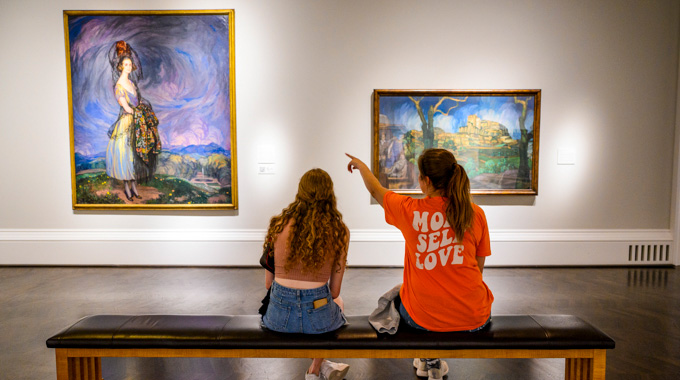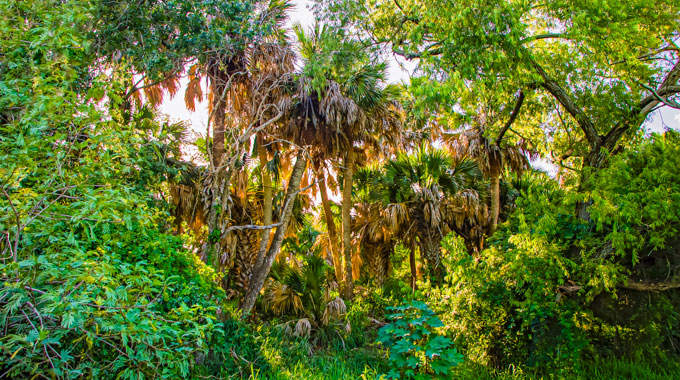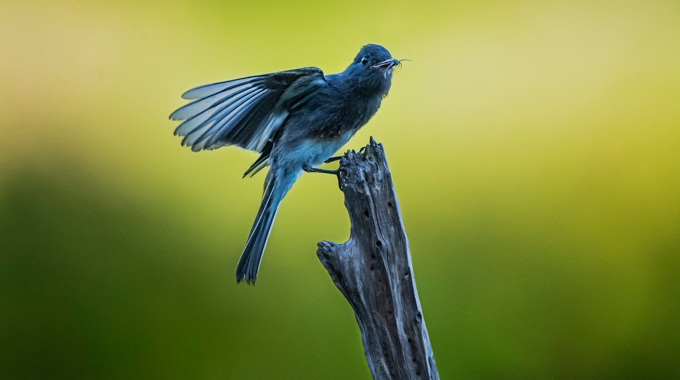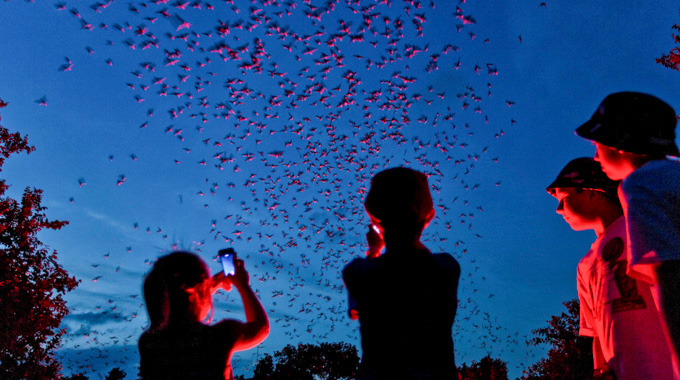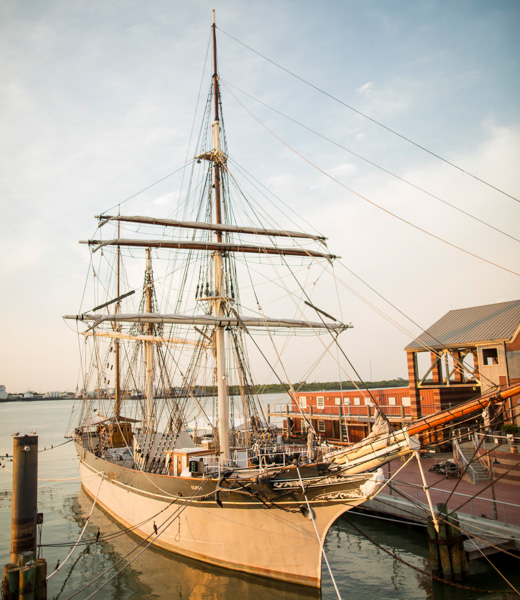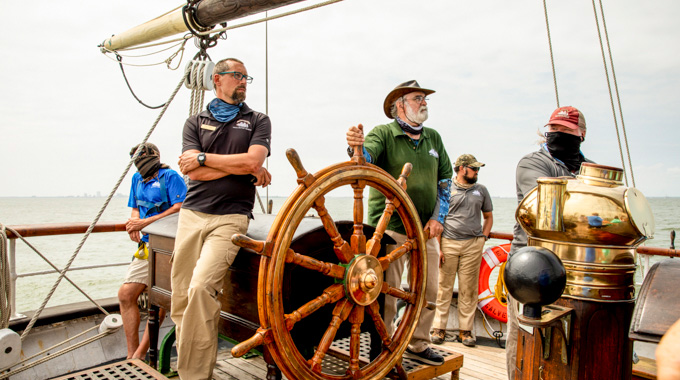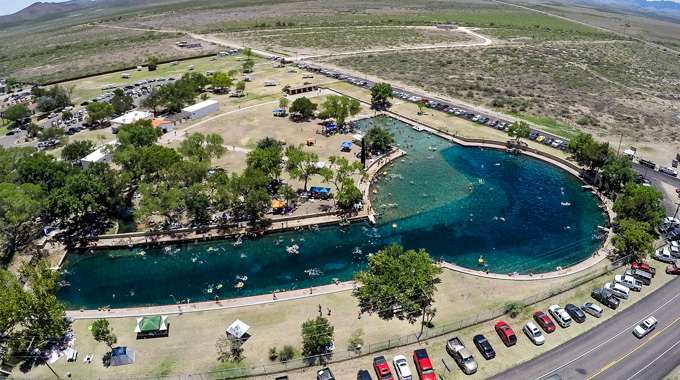In a state where superlatives reign supreme and things are frequently described as “biggest” and “best,” Texas lays claim to many legitimately impressive attractions. In other words, we’re not just “all hat and no cattle” around here. But in such a large state, it can be hard to keep tabs on all the standout things to see and do.
Here, discover 7 such standouts—along with insider tips on how best to enjoy them. Some of the attractions may surprise you, and you’ll wonder how they escaped your attention.


